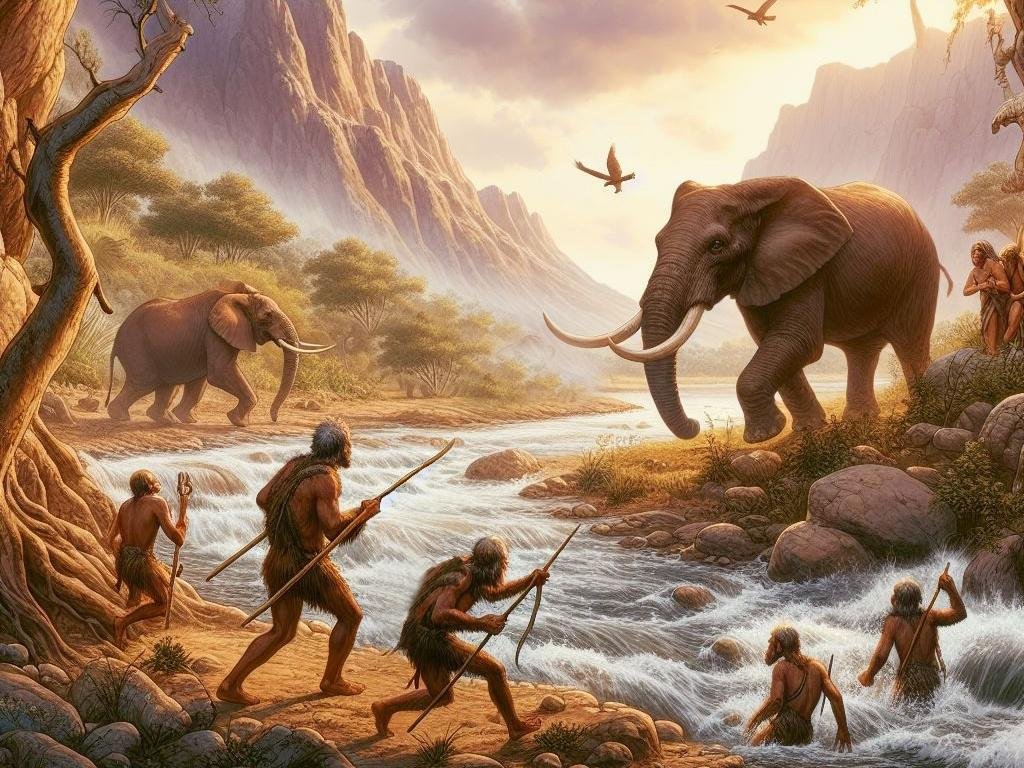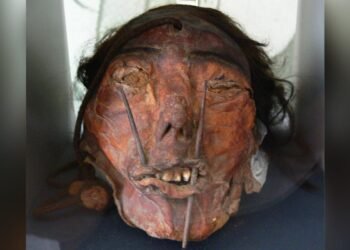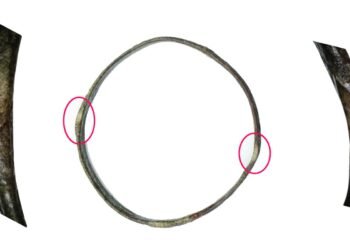Archaeological research led by Dr. Meir Finkel and Professor Ran Barkai from Tel Aviv University, claims that the proximity between extensive Paleolithic stone quarries and water sources was driven by early humans’ pursuit of elephant hunting.

Published in the journal Archaeologies, the study uncovers the strategic significance of ancient quarry sites in Israel’s Upper Galilee region, suggesting they were favored locations for elephant hunting due to their proximity to water sources and migration routes.
Dating back almost 2 million years, these extensive Paleolithic stone quarries served as hubs for crafting flint tools essential for hunting and butchering elephants, which were a primary food source for Homo erectus. The researchers found that these quarry sites were strategically positioned along the migration paths of elephants, which were drawn to the region’s abundant water sources.
“An elephant consumes 400 liters [105 gallons] of water a day, on average, and that’s why it has fixed movement paths,” explained Dr. Finkel. “These are animals that rely on a daily supply of water, and therefore on water sources — the banks of lakes, rivers, and streams.”

The study reveals that early humans recognized the importance of being near water for survival, both for themselves and for tracking their prey. By strategically locating quarry sites along elephant migration routes, they ensured access to essential resources for hunting and toolmaking.
Furthermore, the researchers found evidence of spiritual significance attributed to these quarry sites by ancient humans. Professor Barkai noted, “Hunter-gatherers attribute great importance to the source of the stone — the quarry itself — imbuing it with potency and sanctity, and hence also spiritual worship.”

The close association between water, elephants, and stone tools was not unique to the Upper Galilee region but was observed across various continents during the Paleolithic era. Similar patterns were identified in sites across Europe, Asia, and Africa, indicating a universal reliance on this “holy trinity” for survival and sustenance.
“Our findings suggest that the Paleolithic ‘holy trinity’ — water, prey animals, and suitable stone — holds true universally,” stated Professor Barkai. “Wherever there was water, there were elephants, and wherever there were elephants, humans had to find suitable rock outcrops to quarry stone and make tools in order to hunt and butcher their favorite mega herbivores.”























